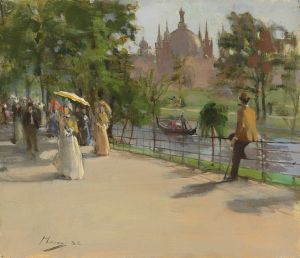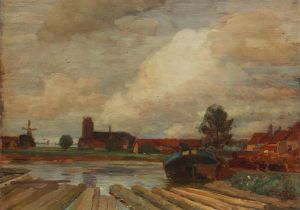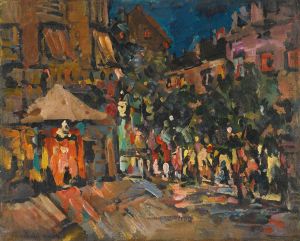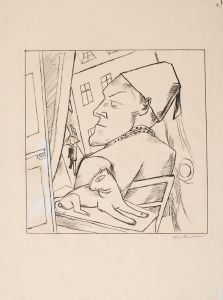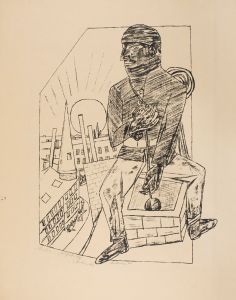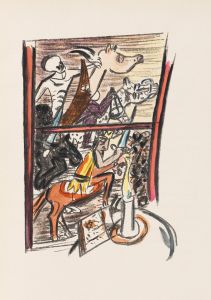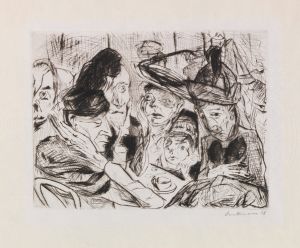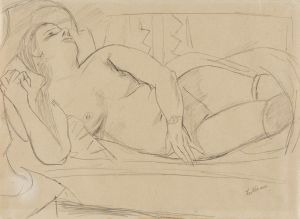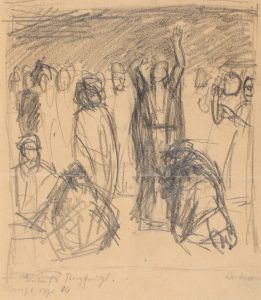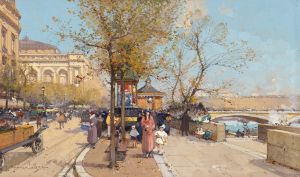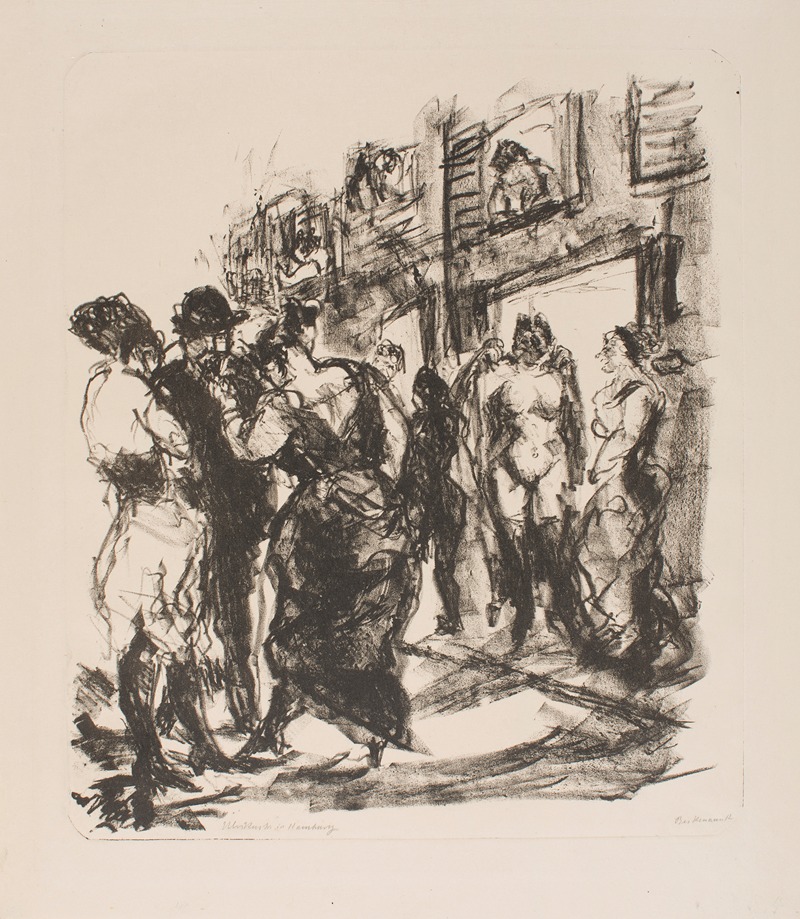
Ulrikus Street in Hamburg
A hand-painted replica of Max Beckmann’s masterpiece Ulrikus Street in Hamburg, meticulously crafted by professional artists to capture the true essence of the original. Each piece is created with museum-quality canvas and rare mineral pigments, carefully painted by experienced artists with delicate brushstrokes and rich, layered colors to perfectly recreate the texture of the original artwork. Unlike machine-printed reproductions, this hand-painted version brings the painting to life, infused with the artist’s emotions and skill in every stroke. Whether for personal collection or home decoration, it instantly elevates the artistic atmosphere of any space.
Max Beckmann was a prominent German painter, known for his distinctive style that combined elements of Expressionism and New Objectivity. One of his notable works is "Ulrikus Street in Hamburg," which reflects his unique approach to capturing urban life and the human condition. This painting is part of Beckmann's broader oeuvre that often explored themes of modernity, existentialism, and the complexities of the human psyche.
"Ulrikus Street in Hamburg" was created during a period when Beckmann was deeply engaged with the cultural and social dynamics of German cities. Hamburg, being a significant port city, was a hub of activity and diversity, which provided rich material for Beckmann's artistic exploration. The painting is characterized by its vivid colors, dynamic composition, and the interplay of light and shadow, all of which are hallmarks of Beckmann's style.
In this work, Beckmann captures the essence of urban life, portraying the street as a microcosm of the broader societal changes occurring in Germany during the early 20th century. The figures in the painting are depicted with a sense of individuality and complexity, reflecting Beckmann's interest in the human condition and the psychological undercurrents of everyday life. The street itself is rendered with a sense of movement and energy, suggesting the constant flux and change inherent in urban environments.
Beckmann's technique in "Ulrikus Street in Hamburg" involves a careful balance of form and color. His use of bold lines and contrasting hues creates a sense of tension and dynamism, drawing the viewer's eye across the canvas. This approach is indicative of Beckmann's broader artistic philosophy, which sought to convey the emotional and psychological depth of his subjects through a combination of realism and abstraction.
The painting also reflects Beckmann's response to the socio-political climate of his time. The early 20th century was a period of significant upheaval in Germany, marked by rapid industrialization, urbanization, and the aftermath of World War I. Beckmann's work often grapples with these themes, using the urban landscape as a backdrop to explore issues of identity, alienation, and the search for meaning in a rapidly changing world.
"Ulrikus Street in Hamburg" is a testament to Beckmann's ability to capture the spirit of his time while also delving into timeless questions about the human experience. The painting remains an important piece within Beckmann's body of work, illustrating his skill in blending narrative content with formal innovation.
Overall, Max Beckmann's "Ulrikus Street in Hamburg" is a compelling example of his artistic vision, offering insight into both the specific context of early 20th-century Germany and the universal themes that continue to resonate with audiences today. Through his masterful use of color, composition, and subject matter, Beckmann invites viewers to engage with the complexities of urban life and the enduring questions of human existence.





